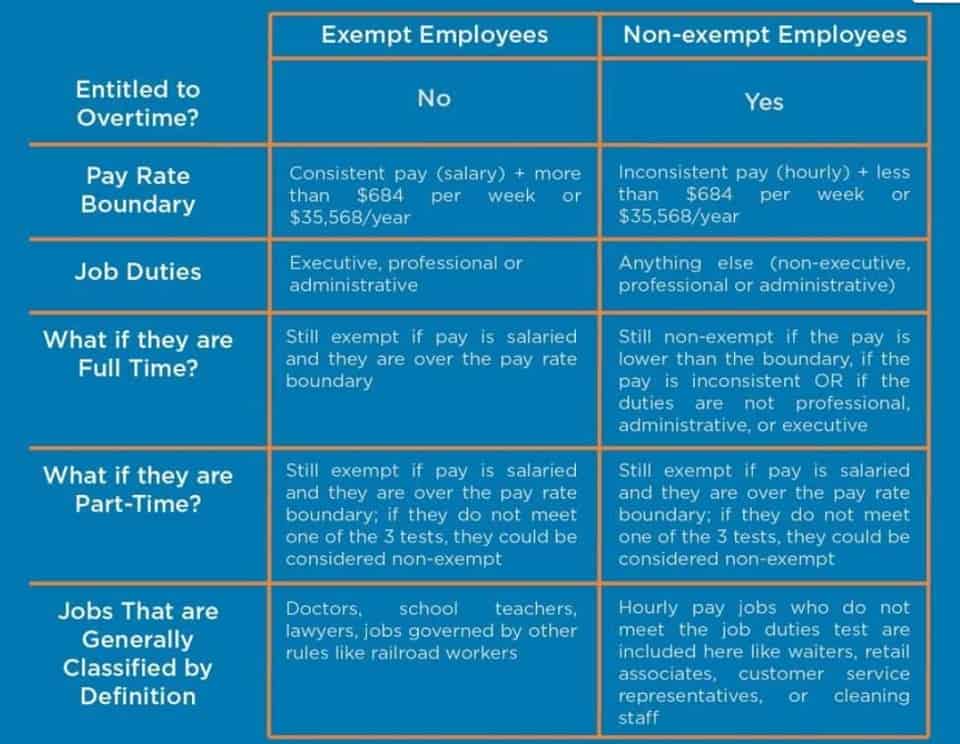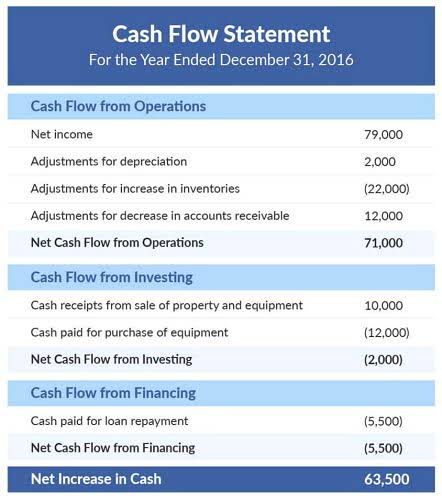Bookkeeping
for tax purposes how does cost of goods sold and expenses work?

The cost of goods sold (COGS) is a component of the value of a company’s inventory. Inventory and cost of goods sold have a directly dependent relationship in practice and on the books. In practice, a company cannot have inventory without also having proportionate costs that allowed it to generate that inventory. On the books, the COGS is subtracted from revenue to establish gross margin, or the amount of profit made on the sale of the company’s inventory. Where this information lives will depend on the systems that your business uses. Be sure that you are valuing your inventory properly, according to whatever inventory accounting method your business uses.
How to Avoid These Common Tax Issues
Since the cost of computer components had been dropping as new technologies emerged, it benefited Dell to keep a small inventory of components on hand. It would be a financial hardship if Dell had a large quantity of components that became obsolete or decreased in value. Over the past decades sophisticated companies have made great strides in reducing their levels of inventory. They may also include fixed costs, such as factory overhead, storage costs, and depending on the relevant accounting policies, sometimes depreciation expense. The new equipment assets that you purchased (computer, desk, heat press, etc.) are considered fixed assets. However, you are not necessarily required to record them as fixed assets.

Is the calculation for cost of goods sold included on tax preparation software?
Revenue is the amount of money a company takes in as a result of selling its products. This number is important, but it does not reflect whether a company is making money or losing money. Profitability can only be determined once a business owner subtracts out the costs incurred in generating that revenue. Cost of Goods Sold (COGS) is the term used to describe the direct costs of manufacturing a product. It includes the costs of the materials, storage and manufacturing labour, but not indirect costs such as distribution, marketing and management salaries.
- COGS is an important part of your business tax return if you make products to sell or you buy products and resell them.
- COGS can also help you determine the value of your inventory for calculating business assets.
- Though operating differently than traditional retail companies, online businesses can claim most of these same costs.
- I am trying to record everything I have bought so far which items are a new computer, desk, heat press, cricut, shirts, vinyl, screen print transfers.
- Your cost of goods sold, also known as cost of sales or cost of services, is how much it costs to produce your business’s products or services.
- Cost of goods sold does not include costs unrelated to making or purchasing products for sale or resale or providing services.
Where does cost of goods sold go on the chart of accounts?
- But to calculate your profits and expenses properly, you need to understand how money flows through your business.
- Learn how to compute for the average cost and know which report will help with inventory management in this article.
- Cost tracking is essential in calculating the correct profit margin of an item.
- Recording lower inventory in the accounting records reduces the closing stock, effectively increasing the COGS.
Delving into the intricacies of COGS provides a foundation for understanding its influence on a company’s financial health. This metric is a linchpin in the assessment of how effectively a company manages its production costs relative to where does cost of goods sold go its revenue. In a perpetual inventory system the cost of goods sold is continually compiled over time as goods are sold to customers. This approach involves the recordation of a large number of separate transactions, such as for sales, scrap, obsolescence, and so forth. The gross profit metric represents the earnings remaining once direct costs (i.e. COGS) are deducted from revenue. The formula for calculating cost of goods sold (COGS) is the sum of the beginning inventory balance and purchases in the current period, subtracted by the ending inventory balance.
What is the formula for COGS?
With any fluctuation in current assets (except cash) and current liabilities, the whole cash balance in operating events gets affected. It is computed by summing up the incomes and profits (revenue) minus the total expenditures and COGS, containing the SG&A, Interest, Depreciation and Amortization, etc. Comprehensive Justification Receipts, purchase invoices, labor cost records, inventory logs—important records abound. These records confirm the veracity of the given COGS figures and their basis on sensible corporate spending. Ignoring these facts can make defending your deductions or claims during an IRS inquiry challenging. By understanding COGS and the methods of determination, you can make informed decisions about your business.


If the costs of textbooks continue to increase, periodic LIFO will always result in the least amount of profit. The reason is that the last costs will always be higher than the first costs. For example, airlines and hotels are primarily providers of services such as transport and lodging, respectively, yet they also sell gifts, food, beverages, and other items. These items are definitely considered goods, and these companies certainly have inventories of such goods.

Cost of goods sold (COGS): What it is and how to calculate it
These are all questions where the answer is Interior Design Bookkeeping determined by accurately assessing your COGS. COGS is deducted from your gross receipts to figure the gross profit for your business each year. Gross receipts are the amounts your business received from sales during the year.
Calculating the COGS of a company is important because it measures the real cost of producing a product, as only the direct cost has been subtracted. If a company orders more raw materials from suppliers, it can likely negotiate better pricing, which reduces the cost of raw materials per unit produced (and COGS). Explore the intricacies of Cost of Goods Sold (COGS) and its impact on financial performance, inventory valuation, and industry-specific calculations. A cost flow assumption where the first (oldest) costs are assumed to flow out first. When using the perpetual inventory system, the Inventory account is constantly (or perpetually) changing.
Expenses that may be included in COGS:

Mistakes in these values might cause either overstatement or understatement of taxable income. Misclassifying COGS as overhead or other expenses may distort bookkeeping the picture of the company’s financial health. We often see business owners proud of their Gross Margin % (Sales – COGS) but on further analysis, we find several expenditures in Overhead that should be in COGS. Once corrected, it’s a tough pill for these entrepreneurs to swallow. Some Cost of Goods Sold (“COGS”) expenditures are obvious (eg. raw materials or subcontractors working on a customer’s job), while others that can count as COGS might be overlooked. In this article, our CFOs will go over a few lesser-known expense types that should be included in COGS.


